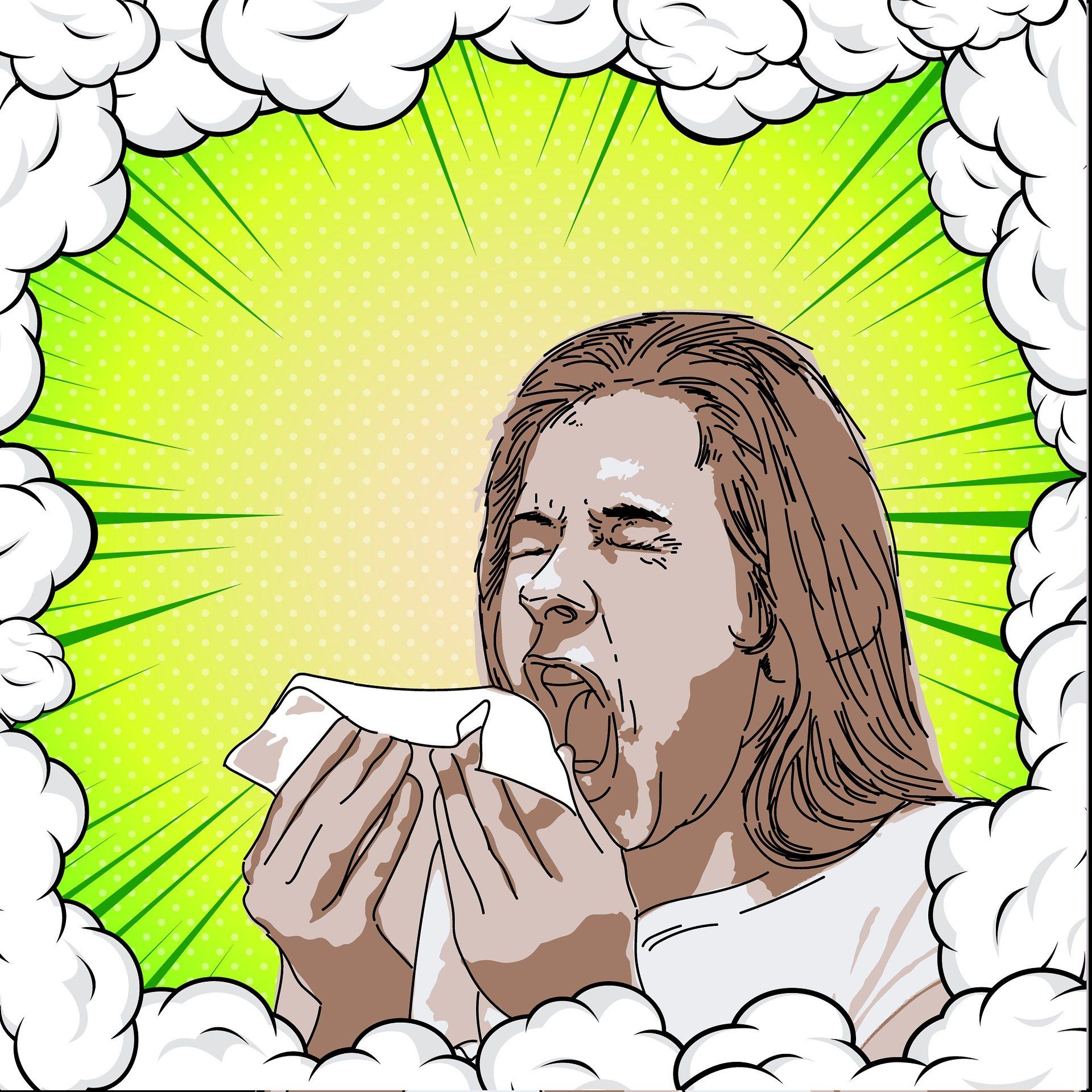COVID-19, FLU, COLD or SEASONAL ALLERGIES
What is the difference?
COVID-19, the common cold, seasonal allergies, and the flu (influenza) cause many similar symptoms. It is important to know and understand the differences in symptoms as well as how these illnesses spread, are treated, and can be prevented.
COVID-19 (coronavirus):
What is it: COVID-19 is a contagious respiratory disease caused by infection with the virus SARS-CoV-2.
How is it spread? It usually spreads between people who are in close contact (within 6 feet, or 2 meters). The virus spreads through respiratory droplets released when someone breathes, coughs, sneezes, talks or sings. These droplets can land in the mouth or nose of someone nearby or be inhaled. The virus can also spread if a person touches a surface or object with the virus on it and then touches his or her mouth, nose or eyes, although this isn't considered to be a main way it spreads.
What are common symptoms: Common symptoms of COVID-19 are a fever, cough and tiredness, however there are other possible signs and symptoms. Symptoms can vary from none to mild or severe.
Treatment: Currently, only one antiviral drug, called remdesivir, is approved to treat COVID-19. Some drugs may help reduce the severity of COVID-19 and treat symptoms to promote comfort. The U.S. Food and Drug Administration has given emergency use authorization for two COVID-19 vaccines.
Testing: It can be hard to determine if you have COVID-19 symptoms based on symptoms alone. Testing can be done to see if you have COVID-19. Some people may develop serious complications from COVID-19 illness. It is important to notice symptoms early and get prompt testing and treatment.
When should you be tested:
- When you have symptoms
- When you have been asked or referred by a healthcare provider
- After being within 6 feet for 15 minutes or longer with a person with COVID-19
- After taking part in activities that puts you at a higher risk for COVID-19 due to the inability to socially distance as needed
Still having trouble determining if you have COVID-19 symptoms:
Use the CDC COVID-19 Self Symptom Checker
The Flu:
What is it: Like COVID-19, the flu is a contagious respiratory diseases caused by viruses. The flu is caused by influenza A and B viruses. These viruses spread in similar ways.
How is it spread? It usually spreads by respiratory droplets when someone coughs or sneezes, by skin-to-skin contact such as handshakes or hugs, by saliva such as kissing or shared drinks or touching surfaces contaminated with the virus.
Treatment: There are several antiviral drugs that can be used to treat the flu. Prevention is key by either reducing your risk of getting the flu or lessening the severity of flu and the risk of serious complication with an annual flu vaccine. Additional medications are used in the treatment of flu to assist with comfort based on symptoms.
Testing: Testing may be done to see if you have COVID-19 or the flu. You can also have both diseases at the same time.
The Common Cold:
What is it: The common cold is most often cause by different viruses. The most common virus is the rhinoviruses.
How it is spread: It usually spreads by respiratory droplets when someone coughs or sneezes, by skin-to-skin contact such as handshakes or hugs, by saliva such as kissing or shared drinks or touching surfaces contaminated with the virus. in similar ways and cause many of the same signs and symptoms. However, there are a few differences.
What are common symptoms: Typical symptoms include cough, sore throat, coughing, sneezing and a runny nose.
Treatment: There's no cure for the common cold. Treatment can generally be managed at home and may include pain relievers and over-the-counter cold remedies, such as decongestants.
Seasonal Allergies:
What is it: Seasonal allergies are immune system responses triggered by exposure to allergens, such as seasonal tree or grass pollen.
What are common symptoms: Common symptoms includes sneezing, runny nose, red watery & itchy eyes, headache, tiredness, and sore throat.
Treatment: Treatment of seasonal allergies may include over the counter or prescription antihistamines, nasal steroid sprays and decongestants, and avoidance of exposure to allergens where possible.
Prevention
How can you avoid getting COVID-19, Cold or the Flu:
You can reduce your risk of infection from the viruses that cause COVID-19, colds, and the flu by following several standard precautions. Research suggests that following these measures, such as social distancing and wearing a face mask, might have helped shorten the length of the flu season and lessened the number of people affected in the 2019-2020 flu season.
Standard precautions to reduce your risk of COVID-19, colds and the flu include:
- Avoiding close contact (within 6 feet, or 2 meters) with anyone outside your household, especially if you have a higher risk of serious illness
- Wearing a cloth face mask when you're in public spaces, such as the grocery store, where it's difficult to avoid close contact with others
- Washing your hands often with soap and water for at least 20 seconds, or using an alcohol-based hand sanitizer that contains at least 60% alcohol
- Avoiding crowded indoor spaces
- Covering your mouth and nose with your elbow or a tissue when you cough or sneeze
- Avoiding touching your eyes, nose, and mouth
- Cleaning and disinfecting high-touch surfaces, such as doorknobs, light switches, electronics, and counters, daily
- Get an annual flu vaccine and when possible, a COVID-19 vaccine.
How can you prevent allergies?
The best way to prevent seasonal allergies is to avoid your known triggers. If you're allergic to pollen, stay inside with windows and doors closed when pollen is high.
Wearing a cloth face mask to slow the spread of COVID-19 also might provide some protection against seasonal allergies. Masks can prevent you from inhaling some larger pollen particles. However, smaller pollen particles will still be able to get through a mask. It's also important to wash your mask after each use since a mask might carry pollen particles.
If you think you might have signs or symptoms of COVID-19 or Flu, talk to your healthcare provider. Remember, taking preventive measures can help you stay healthy and reduce your risk of becoming ill.
Common Symptom Comparison
| Symptom or Sign | COVID-19 | Flu | Cold | Allergy |
|---|---|---|---|---|
| Cough | Usually Dry | Usually | Usually | Sometimes |
| Muscle Aches | Usually | Usually | Sometimes | Never |
| Tiredness | Usually | Usually | Sometimes | Sometimes |
| Sneezing | Rarely | Sometimes | Usually | |
| Sore Throat | Usually | Usually | Usually | Rarely |
| Fever | Usually | Usually-not always | Sometimes | Never |
| Diarrhea | Sometimes | Sometimes (more common in children) | Never | Never |
| New Loss of Taste or Smell | Usually (early - often without a runny or stuffy nose) | Rarely | Sometimes (especially with a stuffy nose) | Sometimes |
Summary
Be careful with the use of OTC medication including decongestants if you have diagnosed health conditions like high blood pressure, diabetes or kidney problems. Read the labels and be sure to follow any list precautions that apply to you.
When you’re unsure if an over an over-the-counter medication is appropriate for you do one of the following:
- Speak with your health care provider
- Consult the pharmacist at your local pharmacy or at a pharmacy such as Wal-Mart or Walgreens
- Schedule a quick phone consult with VEMa Holistic Health LLC
When the symptoms of COVID-19, Flu, Cold or Allergies get worse or do not respond to over-the-counter treatments do one of the following:
- Schedule a visit with your health care provider
- Seek medical treatment at an Urgent Care or with VEMa Holistic Health LLC. We can see from the location of your choice.
If symptoms are severe and/or life-threatening call 911 or go to the nearest ER.




